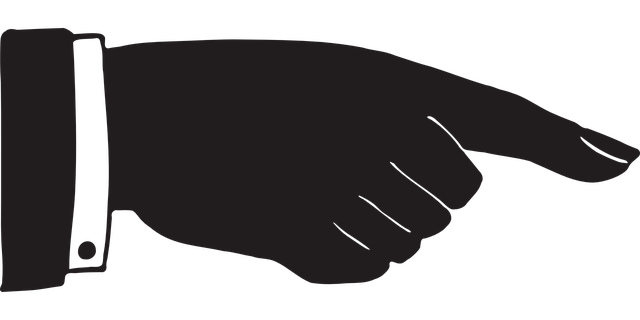
Many commercial disputes involve allegations that one party misled the other and that this caused loss for which the maker of the representation (and or an accessory) is responsible. The law tries to guard against misleading conduct, both at common law and through specific legislation, by offering a range of remedies to those who suffer loss because of any such misleading conduct. Those who engage in misleading conduct may in some circumstances be able to point the finger at others who are concurrent wrongdoers and argue that they should only be held liable for their share of the loss and no more.
The relevant part of the legislation applies to a claim, known as an apportionable claim, that seeks damages under s 236 of the Australian Consumer Law (the, “ACL”) in respect of “economic loss” or “property damage” for misleading or deceptive conduct contrary to s 236 of the ACL. The legislation goes on to say that if the proceedings involve the same loss, even if there is more than one cause of action involved, then there is a “single apportionable claim” between those whose actions caused that loss where they are called “concurrent wrongdoers”.
One of common problems that arises in respect of the proportionate liability for misleading and conduct is the way in which defendants try to blame others with a view to reduce their own liability. A common misconception is that where two (or more) defendants caused the same loss and only one defendant engaged in misleading or deceptive conduct and then the proportionate liability provisions can be relied upon. That, however, appears not to be the case because “apportionable claims” are limited to claims that are for damages under s 236 of the ACL for breach of s 18 of the ACL. Nevertheless, it is likely that defendants (and often their insurers) will continue to try and reduce their defendant’s blame by saying that there is a “single apportionable claim” even where that defendant did not act contrary to s 18 of the ACL. To appreciate this point consider the wording of s 87CB of the Competition and Consumer Act 2010 (Cth) and the seminal decision of the High Court in Selig v Wealthsure Pty Ltd (2015) 320 ALR 47.
Where more than one defendant acted contrary to s 18 of the ACL, and those acts or omissions caused the same loss then it is likely that proportionate liability will apply and the defendants will only be held liable for their share (and no more). The court will also consider excluding the portion of the loss for which the plaintiff is contributory negligent.
If you are a defendant who can rely on the proportionate liability provisions, then there is a requirement to give notice to the plaintiff of who else is liable and the reasons why that is so otherwise you may face costs consequences.
Litigant can help you: -
- Pursue a claim involving misleading or deceptive conduct that caused you significant loss or damage;
- Defend a claim arguing you engaged in misleading conduct that caused a plaintiff loss, and where appropriate by relying on the proportionate liability provisions.
Talk to a Dispute Lawyer today!

* Disclaimer:- This publication contains general information which may not suit your particular needs or circumstances. It may be summarised and include generalisations. Details that may be important in your specific circumstances might not be included. Litigant strives to ensure that the information in this publication is accurate and up-to-date, but does not represent or guarantee that it is accurate, reliable, current, complete or suitable. You should independently evaluate and verify the accuracy, reliability, currency, completeness and suitability of the information, before you rely on it. The information in this publication is not legal or other professional advice. You should obtain independent legal or professional advice that is tailored to your particular circumstances if you have concerns. To the maximum extent permitted by law, Litigant excludes liability for any loss, however caused (including by negligence), relating to or arising directly or indirectly from using or relying on any content in this publication. Litigant asserts copyright over the content of this publication.
